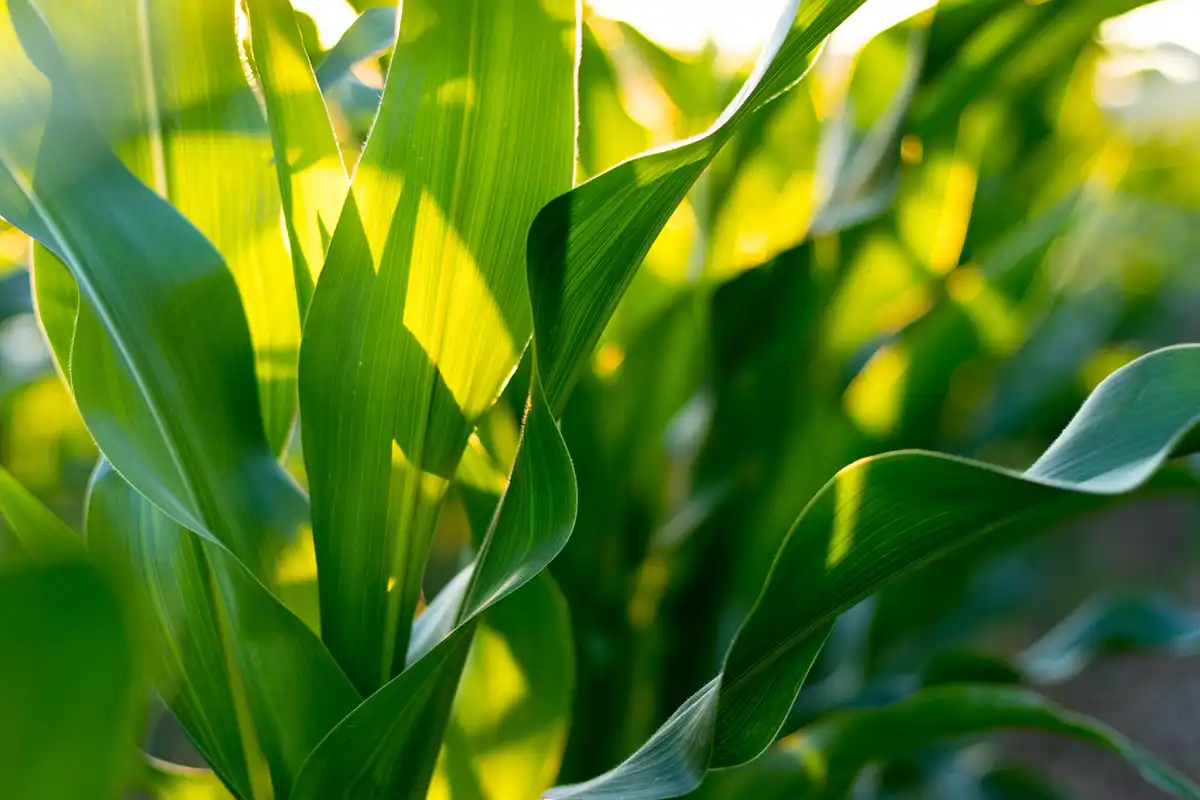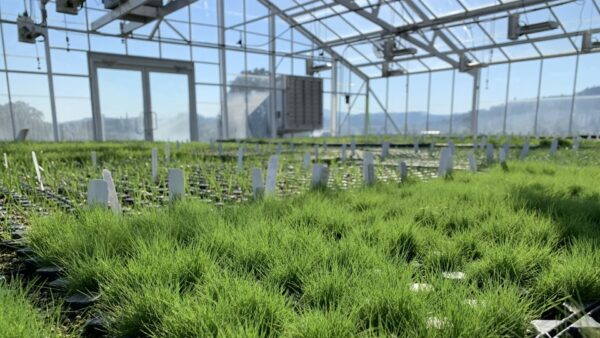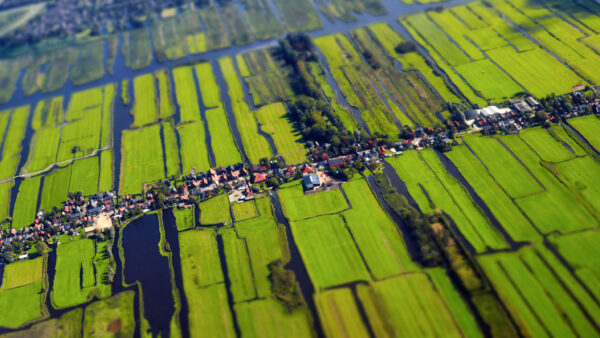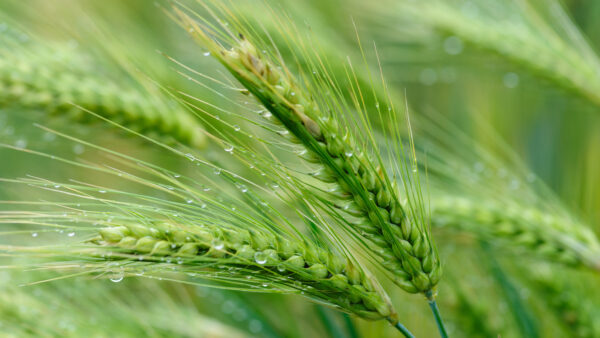The team used data from five experimental fields representing global wheat producing regions with particularly high yields.
Senthold Asseng, a professor of digital agriculture at TUM, along with Pierre Martre (INRAE) and a team of researchers, have studied experimental wheat cultivars. Their findings, published in Nature Plants, are based on data from five experimental fields in high-yield wheat-producing regions worldwide. These fields were incorporated into a simulation model, which analyzed their performance under three climate scenarios: current climate conditions, 1°C global warming, and 4.8°C global warming. The study examined expected yields from the tested wheat varieties with varying levels of nitrogen fertilizer application.
The researchers found that the new wheat cultivars deliver 16% higher yields under current climate conditions compared to those in use today, even when the same amount of fertilizer is applied, according to a press release. This increase in yield is due to improved nitrogen efficiency, which reduces the crops’ ecological footprint. However, the study also revealed that as global warming progresses, overall nitrogen requirements will rise to unlock the full yield potential of these plants — although the new cultivars will still use nitrogen more efficiently than existing varieties.
As a result, the new wheat cultivars outperform current ones in key areas and could play a role in enhancing food security. However, responsible nitrogen management will remain a challenge, not only for climate and environmental protection but also because nitrogen is an expensive resource. While increased fertilizer use may boost harvests, it won’t be accessible to all farmers worldwide, leading to higher costs for both agricultural businesses and consumers.
“With improved selective breeding we can close the food gap for the next 20 to 30 years. But new varieties alone will not be sufficient to reconcile the conflicting goals of global food security, environmental protection and cost-effectiveness,” said Asseng. “What we need is a systemic approach that takes into account agricultural science methods, environmental aspects, socio-economic factors and policy makers.”











